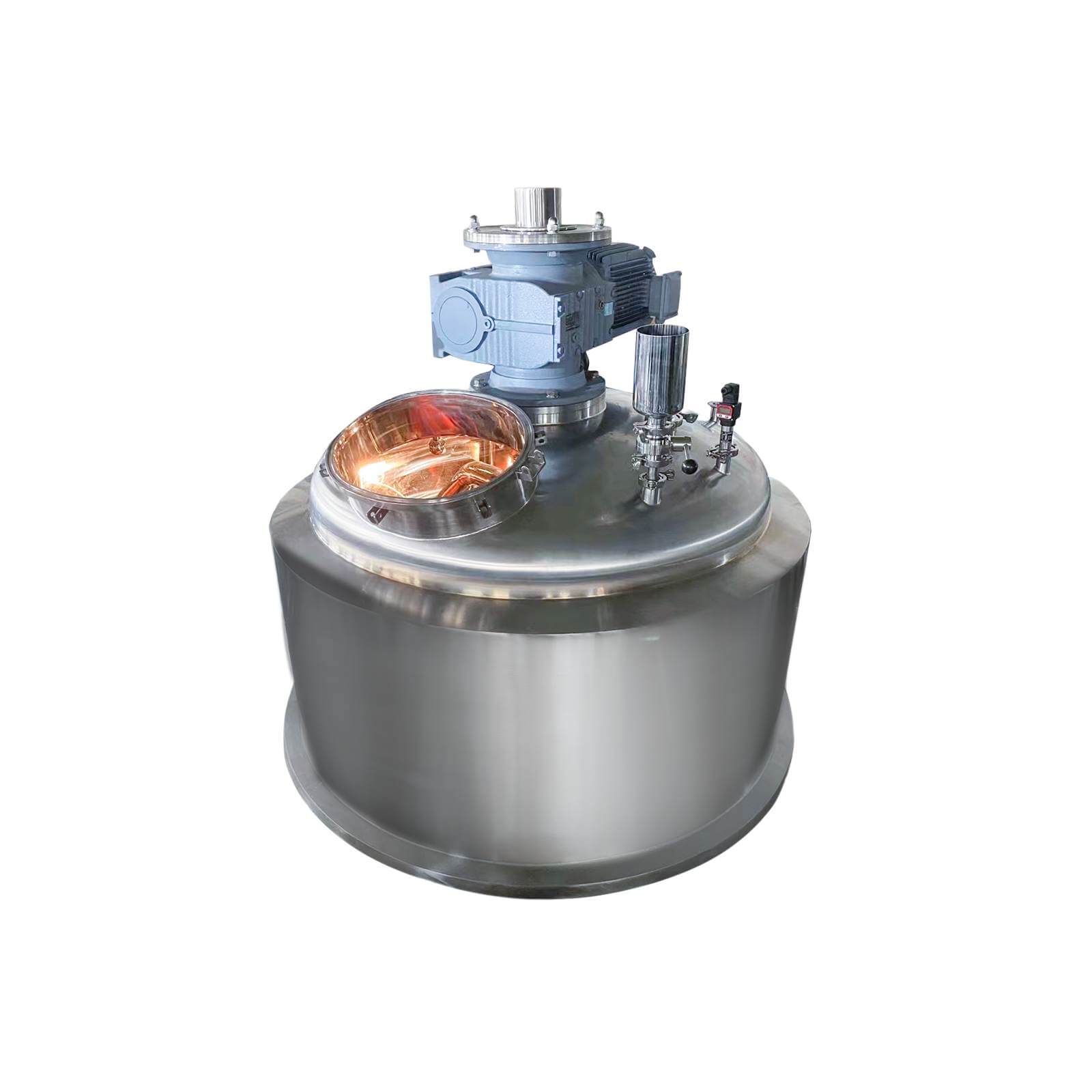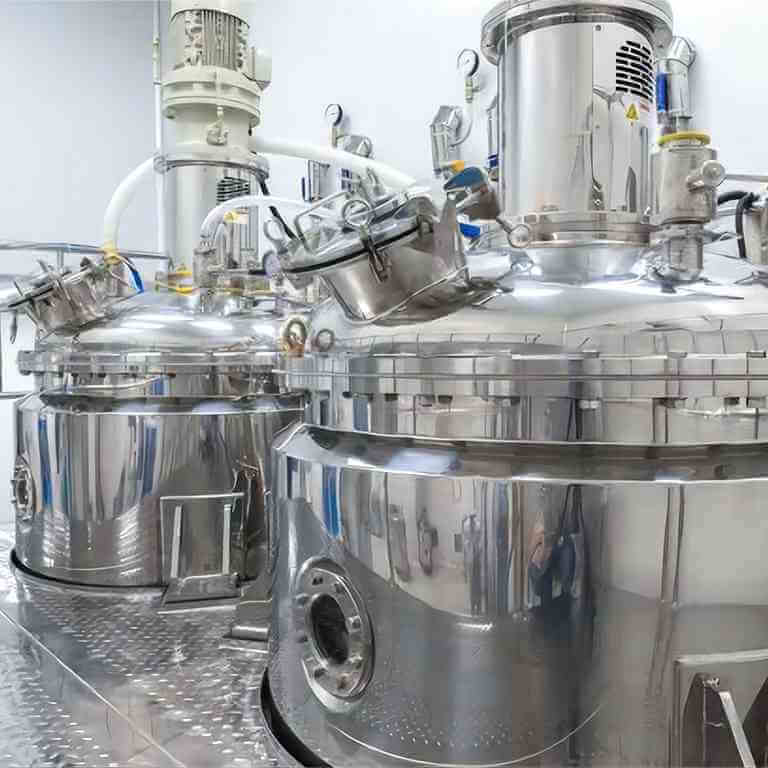

High Pressure Reactor
High-pressure reactor: used in chemical synthesis, catalytic reaction, and other fields
Material
glass, stainless steel (316, 304), carbon steel, others
Capacity (L)
10-10000+
Mixing system
anchor, paddle, frame and others
Heating system
electric heating, oil heating and others
The High-pressure reactor is mainly made of the kettle cover, the kettle body, the strong magnetic coupling stirrer, the high temperature, and high-pressure needle valve, the lower stirring part, the inner cooling coil, the temperature measuring part, the liquid lower pipe, etc.
Request a quoteThe high pressure reactor belongs to a stirring device in chemical production. Its structure is composed of a kettle body, a power transmission shaft, and a magnetic transmission part in the middle. The stirring shaft is vertically installed in the kettle body, and the upper power transmission shaft is connected with the magnetic outer rotor. The stirring shaft is connected with the magnetic inner rotor. There is an isolation sleeve between the inner and outer rotors. The isolation sleeve is fixed with the kettle body as a whole. The magnetic force transmission part is replaced by a static seal instead of a dynamic seal.

Advantages of high pressure reactors
1. High transfer efficiency and low energy consumption.
2. The two parts of stirring are non-contact transmission, with low noise
3. Safe and reliable in flammable and explosive production.

External circulation of a high pressure reactor
The external circulation of the gas in the high-pressure reaction kettle is to draw the reaction gas from the gas phase space, and the gas is pressurized by the compressor and then introduced from the bottom of the reactor. Therefore, the reaction rate of the high-pressure reactor is improved. The advantage of the design of the stainless steel reactor is that it can obtain any gas circulation volume, but the disadvantage is that it requires a large amount of hydrogen circulation equipment, which increases the complexity and capital investment of the device;
The external circulation of the liquid in the high-pressure reactor is to pump the reaction liquid from the bottom of the reactor with a centrifugal pump and suck the reaction gas into the gas phase space of the reactor through the venturi tube. The stainless steel reactor is fully mixed and dispersed in the inner tube, and very fine The bubbles can greatly increase the gas-liquid contact area and reaction rate.
The advantages of the high-pressure reactor liquid external circulation type are fast reaction rate, continuous production, and convenient heat transfer.
Pressure grade division of stainless steel reactor
How is the pressure level of the stainless steel reactor divided?The pressure vessel is divided into four pressure levels according to the design pressure (p),the specific division is as follows:
1. Low pressure (container 0.1 MPa≤p<1.6 MPa;
2. Medium pressure vessel 1.6 MPa≤p<10.0 MPa;
3. High pressure vessel 10 MPa≤p<100 MPa;
4. Ultra-high pressure vessel p≥100MPa.
According to the role of containers in production:
1. Reaction pressure vessel: used to complete the physical and chemical reactions of the medium.
2. Heat exchange pressure vessel: used to complete the heat exchange of the medium.
3. Separation pressure vessel: used to complete the fluid pressure balance buffer and gas purification separation of the medium.
4. Storage pressure vessel: used to store and contain gas, liquid, liquefied gas, and other media.




